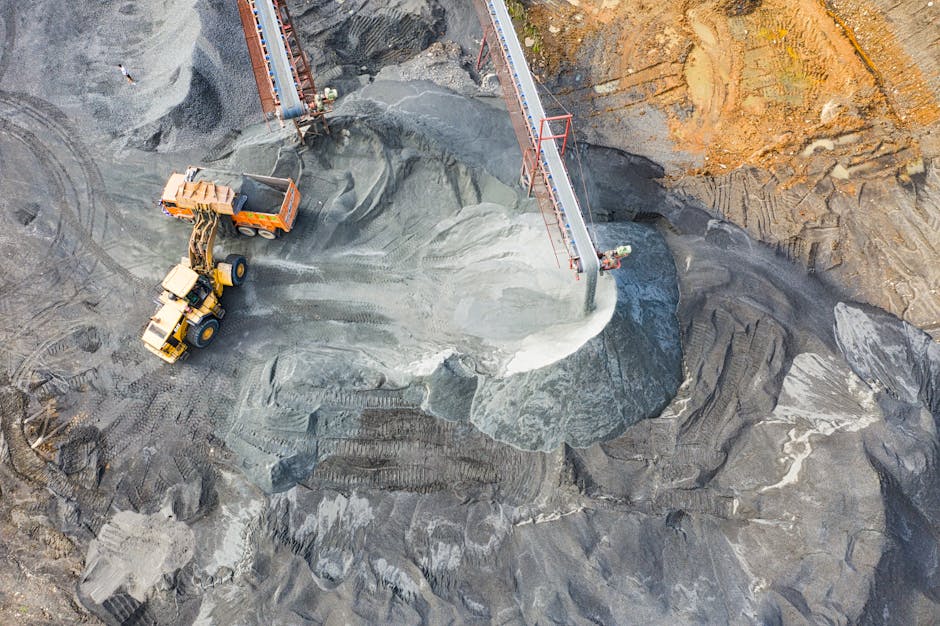**
In the early decades of independent India, solar cookers were hailed as a revolutionary solution—clean, sustainable, and perfect for a sun-drenched nation. Yet, decades later, they remain a forgotten relic. In this episode of The Rearview Podcast, we uncover why solar cookers, despite their promise, became a technological disaster in free India.
The Promise of a Solar Revolution
Post-independence, India faced severe fuel shortages. Firewood was scarce, kerosene expensive, and LPG cylinders a luxury for rural households. Solar cookers emerged as a beacon of hope—harnessing India’s abundant sunlight to cook without smoke, pollution, or recurring costs.
The government and international agencies aggressively promoted solar cookers in the 1970s and 80s. The National Physical Laboratory (NPL) designed indigenous models, and subsidies were introduced. For a moment, India seemed on the cusp of a clean energy revolution in household cooking.
Why Solar Cookers Failed in India
Despite the enthusiasm, solar cookers never became mainstream. Here’s why:
1. Unreliable Performance<a href=”https://nextminutenews.online/?s=
Solar cookers”>**
Solar cookers required direct sunlight for hours, failing on cloudy or rainy days. Traditional stoves provided instant heat, while solar cookers demanded careful planning—meals had to be started by mid-morning to be ready by afternoon.
2. Cultural Resistance
Indian cooking involves frying, roasting, and reheating—tasks poorly suited for solar cookers, which excelled only at slow boiling. Families accustomed to quick heat adjustments found them inflexible.
3. Poor After-Sales Support
Early adopters often received faulty cookers. With no repair networks or spare parts, broken devices were abandoned.
4. The LPG Boom
By the 1990s, government schemes like Rajiv Gandhi Gramin LPG Vitaran Yojana made gas stoves widely accessible. LPG’s convenience overshadowed solar cookers, reducing them to niche use.
Misguided Policy or Flawed Execution?
Critics argue solar cookers were a top-down failure—imported from Western labs without adapting to Indian cooking habits. Subsidies mostly benefited urban middle-class families, not the rural poor who needed them most.
Even today, initiatives like the Solar Chulha under MNRE (Ministry of New and Renewable Energy) struggle, proving that without fixing core issues, solar cookers remain a half-baked solution.
Lessons for Future Green Tech
India’s solar cooker experiment offers key takeaways:
– Design for real users – Tech must fit cultural and practical needs.
– Build infrastructure – Subsidies alone fail without maintenance networks.
– Consider hybrids – Solar-LPG combos may work better than purist approaches.
Conclusion: A Cautionary Tale<a href=”https://nextminutenews.online/?s=
Solar cookers”>**
Solar cookers could have tackled energy poverty and climate change. Instead, they became a forgotten footnote—a reminder that good intentions need execution.
As India pushes solar panels and EVs, the solar cooker story warns: technology must serve people, not the other way around.
Listen to The Rearview Podcast for more untold stories of India’s tech disasters.




